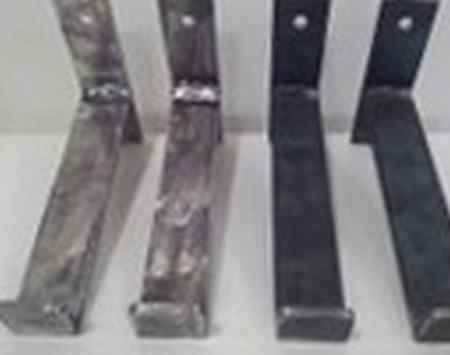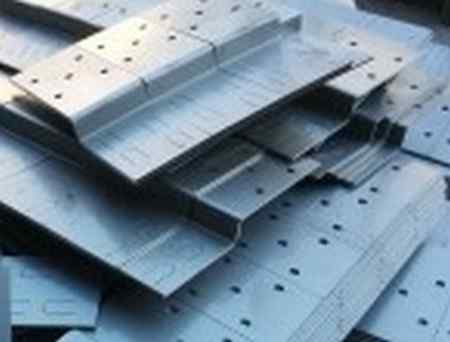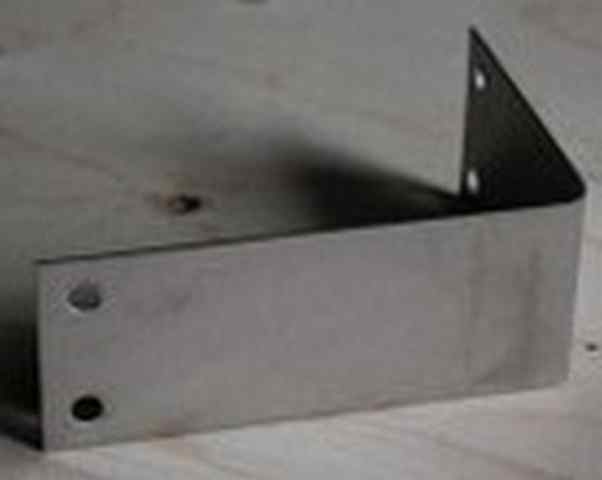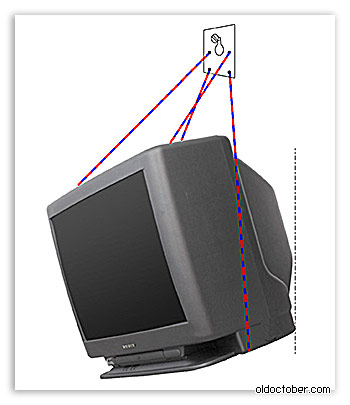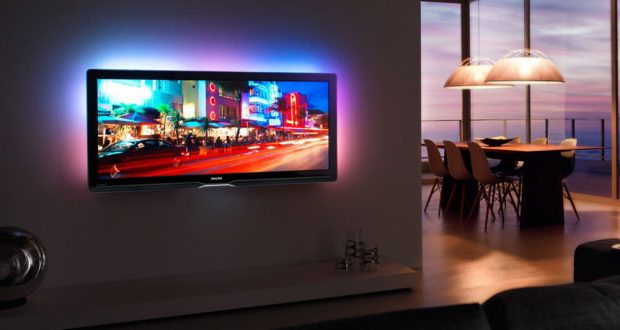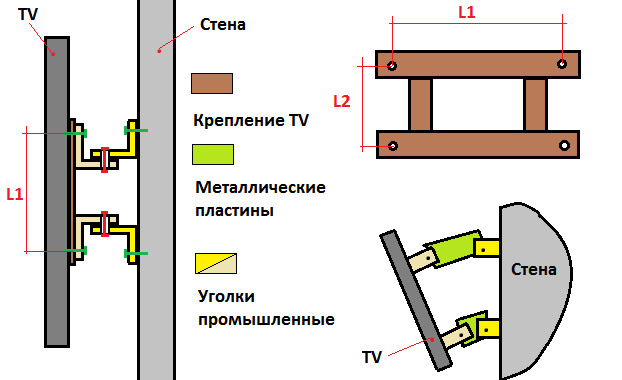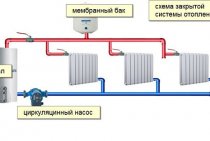Types of brackets
A bracket is a bent, prefabricated or welded metal structure that is used to fix protruding parts of various products to the surface. All types of brackets are classified primarily by purpose:
Power brackets - designed for mounting various technological equipment, power cables, for example, etc.
Adjusting brackets - are a collapsible part, usually consisting of two parts. The design of the adjusting brackets allows you to set the fixed product as evenly as possible in terms of level in cases where its installation site has significant irregularities.
Connecting Brackets - Like the type of bracket discussed above, connecting brackets also consist of two separate parts. In form, such fasteners are presented in the form of corners with technological holes that make it easy to connect them together, thereby obtaining the desired fastener configuration.
Depending on the manufacturing technology, the brackets can be welded or bent. The most common and affordable to this day are welded brackets, in the manufacture of which welding was used. Having a large bearing capacity and a very affordable cost, welded brackets are used almost everywhere for mounting a wide variety of equipment.
Bent brackets are mainly used where there are no large loads. Most often they are used to adjust the distance from the edge of the installed product to the wall. Bent brackets have the advantage of small size and light weight. In shape, bent brackets can be. P, T and G - figurative form.
Application of brackets
Brackets have become indispensable mounting elements almost everywhere. They are widely used in automotive, construction, repair and more.
If we consider in more detail the use of brackets in construction and repair, then the installation of heating systems, ventilation, etc. is indispensable without these fasteners. Metal brackets are simply indispensable for the installation of ventilated facades (facade bracket), as well as most architectural elements.
Brackets are also convenient when performing various other tasks. They easily allow you to mount the TV on the wall, install a wall-mounted washbasin and toilet bowl. You can not do without brackets, and as mentioned above, by mounting heating radiators on the wall.
Well, and, perhaps, the brackets are in the greatest demand, when mounting hinged ventilated facades (NVF). Simply indispensable in this case are the so-called "front brackets".
Derna will reach harder
Always buy cables longer than you need. Everyone passes this advice on deaf ears, but you should not do it.
Whether your TV will hang on the wall or stand on a pedestal, take longer cables. The rest can always be twisted and hidden. A short cable is a problem in itself, and it can also damage connectors.

For a standard system with a TV on the wall and components on a stand, a 2.5m cable works well. The 3.5 m cable will allow you to move the equipment freely if you need access to the rear panels.
In addition, such cables are needed when it comes to a vertically and horizontally adjustable bracket, and a long cable is also needed if the TV hangs high. If it seems that you don't need a 3.5-m cable, then judge for yourself: when using large adjustable brackets, it takes about a meter only from the TV connector to the wall. It remains 2.5 m - this should be enough.
One final cable tip: don't buy models with bulky connectors. Such cables are inconvenient for placement behind flat-panel TVs.
What type of TV can be hung without a bracket
Before you hang the TV on the wall without a bracket, you need to find out which monitors, in principle, can be mounted without proper "support". If your technique does not meet the requirements listed below, it is better not to risk it and purchase a suitable frame. Then there will be no questions whether the screen is securely held, whether the wires are bent, whether it is too close to the wall.
Here are the characteristics of displays that can be fixed without support:
Only "flat" TVs are suitable - liquid crystal (LCD or LED), plasma (Plasma). CRT monitors ("pot-bellied") cannot be installed this way - they need a frame with a shelf. All connectors and cords should be located either on the sides of the device or in front.
If they are on the back panel, after installing the equipment, nothing can be connected to them. To decide how to attach the TV to the wall, you need to look at what it is made of. Do not screw a massive unit onto a fragile base. Unfortunately, it is impossible to immediately determine how much weight the material will withstand.
But if you see that the wall is unreliable, it’s better not to risk it. There should be slots for bolts on the monitor case. It is desirable that the documentation for the screen states that it can be hung. Some models are designed to stand on a firm and level support. And when working "in the air" they may experience problems. Large displays are best not to mount without a bracket.
The instructions for the frame always indicate the weight that it can withstand. And home-made units cannot achieve such accuracy. If a small TV comes out to hang without problems, then a massive one can fall, breaking the mount and tearing out the wires.
The main types of fasteners
When choosing a TV wall mount, you should consider not only the location of the TV, but also the maximum supported weight, structural strength and type of mounting. According to the last parameter, all presented models are divided into 7 varieties.
Swivel TV bracket
A common group of mounts that provide adjustment of the position of the TV not only along the vertical axis, but also in the horizontal plane. These models differ in the angle of rotation, which will depend on the length of the mounting rod.
FOR YOUR INFORMATION! (click to find out)
Retractable wall monitor arm
Retractable models as a class are characterized by allowing the user to adjust the extension of the TV and setting it to the required distance. This is done by means of a movable "leg", which has an articulated joint. Similar views can also provide adjustment of the angle of inclination and rotation of the TV.
tilt bracket
A kind of fasteners, which technologically represent a mounting platform that provides the required level of strength and two movable straps. They have the ability to adjust only the vertical angle of inclination. Their use is optimal for elongated rooms or narrow rooms. The pitch (tilt) angle of the screen varies up to 20 degrees.
FOR YOUR INFORMATION! (click to find out)
Swivel Retractable Wall Mount TV Mount
This is a special variation of the conventional retractable type, which is characterized by the ability to create a larger angle of rotation of the screen due to the length of the articulation. It can reach up to 100 mm. Despite the great functionality, such models are not popular in household use due to the complexity of their installation and high cost.
IMPORTANT! (click to find out)
Tilt-and-swivel TV Wall Mount
Another variety, which is considered the most versatile, since it provides the ability to adjust the position of the TV along the horizontal and vertical axes. This is the main advantage of this type of brackets, as they give maximum freedom to set the viewing angle.
The disadvantages include the high cost and requirements for the size of the installation site. In the presence of non-standard walls, it is likely that it simply does not fit, since the maximum angle of rotation is up to 180 degrees.
Ceiling TV bracket
The most ergonomic variety, since the holding element itself is attached to the ceiling, and a telescopic mechanism is used to adjust the lifting height. But such a mounting scheme cannot be used in standard apartments, where the ceilings are traditional 2.6-2.8 meters. The ceiling mount is ideal for large and spacious rooms where TV viewing is intermittent.
Fixed
The simplest option, which is the most reliable and cheapest, but does not allow you to adjust parameters such as rotation or tilt angle. It can be used for all types of TV, from LCD to plasma. Structurally, the element is a platform necessary for rigidity, the size of which is determined by the technical characteristics of the bracket, and fixing units. After installation, the TV cannot be rotated, but this type is able to withstand a lot of weight.
Types of brackets
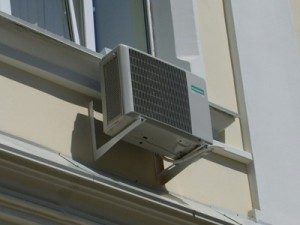
In most cases, the brackets look like L-shaped parts used in pairs. The differences usually relate to the shape of the profiles used in the manufacture and the presence of additional elements designed to reinforce the structure.
Important! For the production of brackets used in the open air, stainless or ordinary structural steel with anti-corrosion treatment is used.
Corner brackets
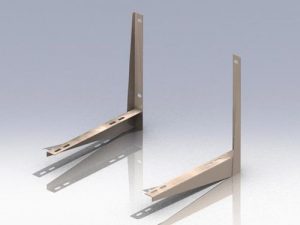
In addition, accidental damage to the anti-corrosion coating can lead to a rapid decrease in the strength of the product and a change in its configuration.
Structures from U-shaped profile connected by bolts
Such brackets are more reliable due to the presence of additional stiffeners and vibration-resistant bolting. Fasteners made of galvanized steel do not corrode for a long time and can be replaced with new ones if damage is suspected.
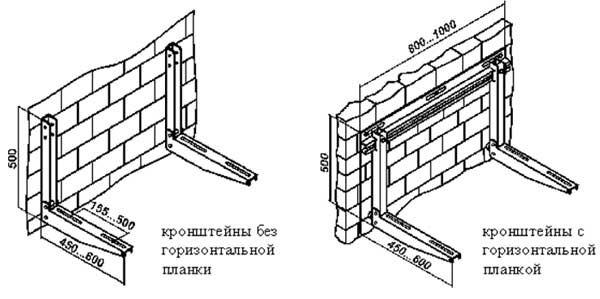
U-profile brackets with additional reinforcement
This design is similar to the previous one, but has somewhat elongated vertical elements, to which an additional jib is attached at a certain angle. It gives the entire system absolute rigidity and allows it to be loaded with a fairly heavy load.
U-profile brackets fastened with a horizontal bar
Such devices, in addition to all the positive qualities of the previously described models, are also resistant to horizontal displacement and easy to mount to the wall. They can be installed under the most expensive and critical equipment.
For information! The presence of elongated holes on the horizontal shelves of the brackets makes them suitable for installation under any brand of air conditioners.
Tips for making your own bracket
How to fix a new TV on the wall if there was no bracket with the necessary parameters in the nearest stores? You can order a suitable model via the Internet or make a bracket yourself.
The simplest and most uncomplicated models are from a pair of bars and 4 hanging hooks. The whole process of creating the bracket will not take more than 30 minutes. Two hooks are screwed into each of the bars, the bars themselves are screwed from the back of the LCD screen, into the holes for the bracket. After that, they make markings on the wall, in accordance with the location of the hooks, tighten the dowel-screws and hang the TV.
An even simpler way is a mounting rail. You can use one or two rails if the TV is heavy. The rail is attached to the rear panel and hung on screws mounted on the wall.
To create a movable bracket, you need a little more time, material and knowledge. For work you need:
- square pipe made of metal;
- metal corner;
- metal plates;
- nuts, washers, dowels.
To work with metal, you need a special tool: a hacksaw, a door, drills. To make the finished product look more attractive, paint and a brush will come in handy. The assembly process will consist of the following steps:
- Holes must be drilled in the plates: on one for holes on the back of the TV, on the other for fixing to the wall.
- The pipe is cut into segments, which will be a movable structural element. The length of the segments is selected individually.
- All workpieces are painted, including holes.
- In the center of the metal plates, two corners are fixed, which in the future will hold the pipe sections fastened together. On the plate, which is attached to the TV, the corners are mounted vertically, on the second corners they are placed horizontally.
- One piece of metal pipe is attached to each pair of corners.
- Using the third pipe section, connect the individual structural elements to each other.
- Fix the bracket to the wall.
- Install the TV on the plate.
At the final stage, you should set the angle of inclination and turn of the TV and securely fix it in this position.
You can make a bracket with your own hands from almost any materials at hand. To do this, use metal or aluminum corners, strips and guides, hinges, aluminum profiles, various suspensions, gas lifting mechanisms and much more. Before using one of the chosen methods, you should make sure that these materials are able to withstand the load, and the finished design will ensure safe and comfortable operation of the TV for a long time.
Watch a video on mounting the TV on the wall
